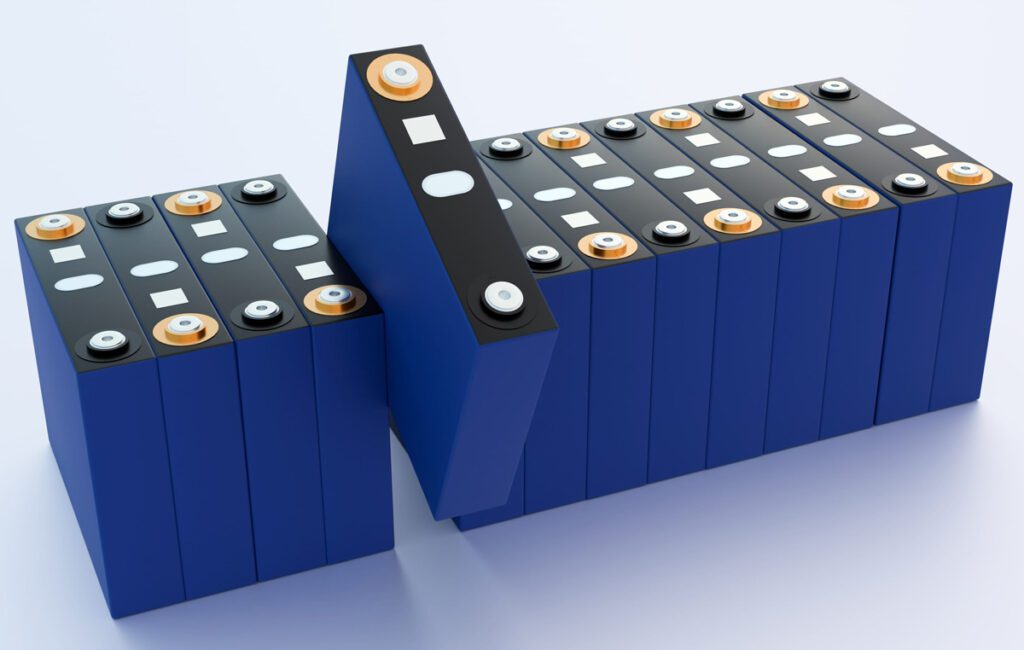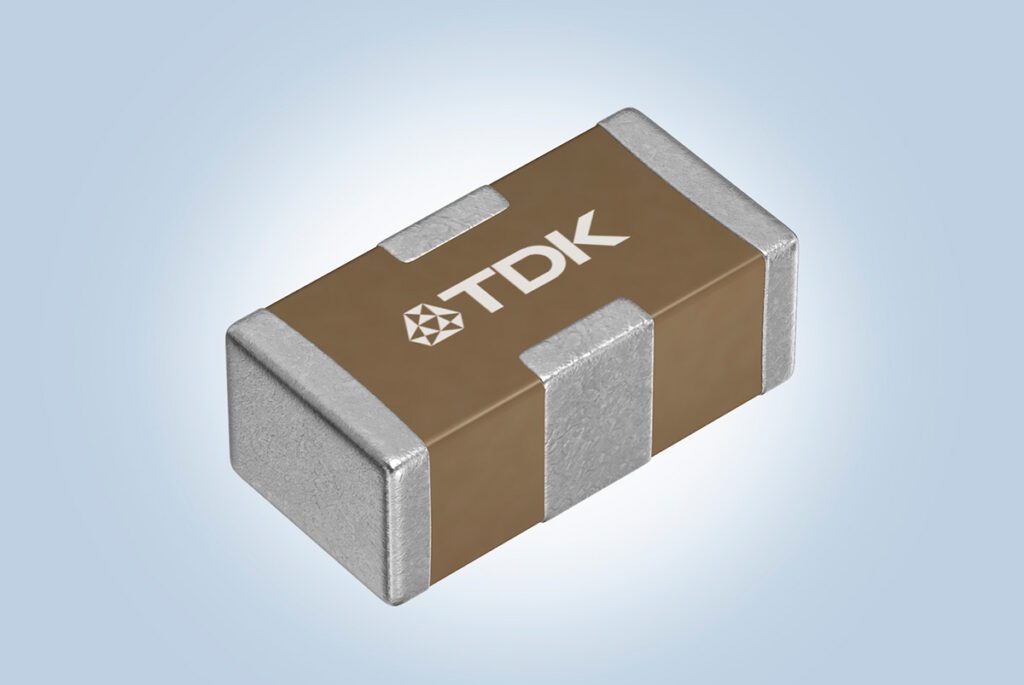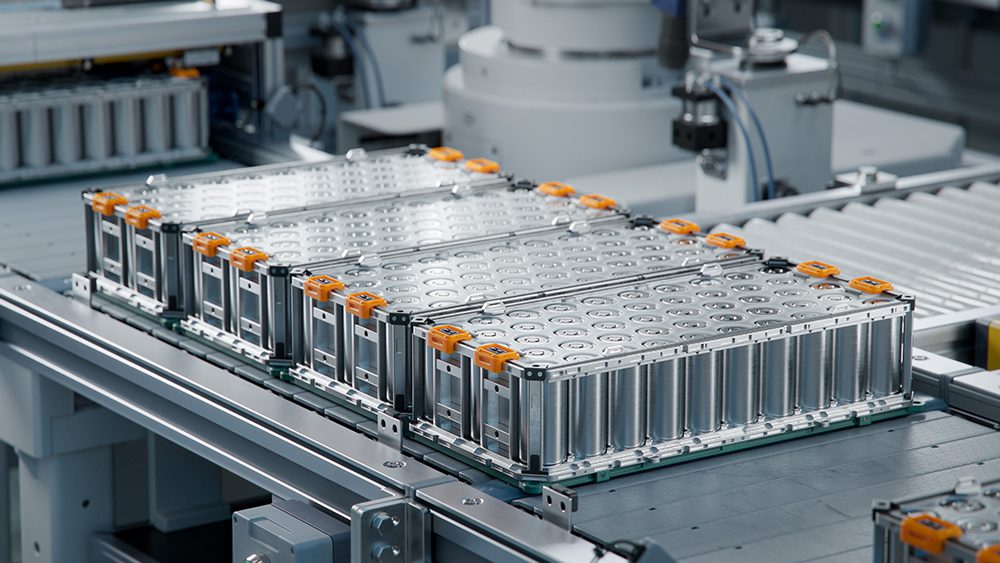A new article from Porsche highlights a technical challenge in chassis development for EVs: blending, which is when regenerative and hydraulic braking are combined. “The driver must not feel the transition between the systems,” says Martin Reichenecker, Senior Manager of Chassis Testing at Porsche Engineering.
Guaranteeing a smooth transition places great demands on the technology, writes Porsche’s Constantin Gillies, because the braking systems operate differently. An electric motor always delivers the same braking torque, but the torque from its hydraulic counterpart may vary due to environmental influences such as temperature and humidity. If the hydraulic braking power differs from the electric braking power at the transition point, the driver may feel this as a jolt.

Porsche has developed algorithms for its Taycan EV that prevent this from happening. The vehicle’s hydraulic system is continuously monitored. During each charging process, the brake is calibrated to determine the current ratio of brake pedal travel to brake pedal force. This allows the algorithm to estimate how much power the hydraulic system will deliver the next time the vehicle is braked, and deploy it precisely so that the transition to recuperation mode remains smooth.
Until the advent of EVs, brakes were considered as an isolated system. In the electric world, several vehicle systems are involved in deceleration: powertrain, power electronics and battery, and this requires more interdisciplinary work for chassis developers. Engineers working on brakes need to confer closely with their colleagues in the transmission department, because recuperation also involves the electric motor and therefore the transmission (the Taycan has a two-speed transmission on the rear axle).
Many EVs are designed to optimize one-pedal driving. When the driver takes the foot off the pedal, regeneration begins immediately. The Taycan, however, makes use of coasting, which allows the vehicle to continue to roll unpowered (as I noted in my 2021 review). Recuperation only starts when the brake pedal is stepped on. “This is a more efficient way of driving, because it keeps the kinetic energy in the vehicle,” says Reichenecker. One-pedal driving, on the other hand, recuperates first, and only then converts the recovered energy back into propulsion. “That results in twice the losses.”
Source: Porsche




















































































